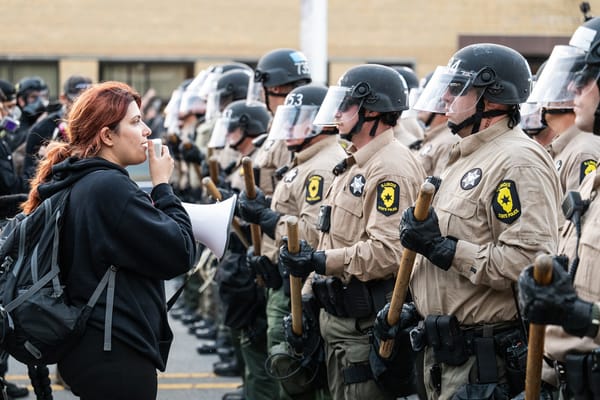Every company is a community

It’s well-known that firms where strategy and culture align outperform firms where they do not. It follows, then, that if the two aren’t aligned, you most likely need to change your culture.
The rest of the article goes on to describe how storytelling is an integral part of establishing a strong culture in a company — and it absolutely is. A cohesive, supporting culture and the ability to tell strong stories are things every organization needs if it wants to succeed.
What I want to challenge is this idea that if strategy and culture don’t align, it’s the culture that needs changing. To be sure, quite often it does: particularly in situations where not enough time has been spent building a supportive culture to begin with. But culture is made of people, relationships, norms, and stories. The premise above hinges on the idea that if the people in your organization aren’t aligned with an organization’s strategy, you need to change the people. The strategy is paramount. But what if that’s not true? What if the strategy really is at fault, and organizations need to put more trust in their people?
I believe that the strongest organizational cultures are the most equitable ones. Whether you agree with my belief or not, research backs me up: the most productive work cultures are the ones where everyone feels empowered to speak up and be heard, where management genuinely listens to and acts on both the needs and ideas of their workforce. There’s a necessary underlying respect that you can’t simply storytell your way around.
In turn, that respect is built by distributing equity: giving people real ownership, both figurative and literal, in their workplace. There’s a reason burnout is driven by people not feeling like they can affect the choices that impact their work; people want to have control, and to make real progress on meaningful work.
If you don’t have those things, then, sure, your culture needs to be changed. But if you find yourself wishing that everyone would just go along with what you’re telling them to do, perhaps the first change needs to be a little more personal.
Building this level of interpersonal respect necessitates approaching building your workforce like a community. In turn, this means prioritizing strong interpersonal relationships. Can people talk with each other openly? Are they able to bring their whole selves to work? Does management listen and act? Are there rules and norms that foster emotional safety, particularly among people who may feel underrepresented and therefore alone in the organization? Does the organization treat the people who work inside it as fully-realized, three dimensional human beings, or are they fungible line items on a spreadsheet?
Is your company a diverse, happy, healthy community of trusted experts?
Was your strategy co-developed with your community?
Are your community’s needs and ideas represented in your decisions?
Will your community directly experience any upside that is an outcome of their work?
From here, other, related ideas become more obvious. If your community is co-developing your strategy, your want as many diverse ideas as possible. Hiring people from different contexts and backgrounds becomes an integral part of setting strategy. It becomes important to ask, when considering any new hire, whether they’ll bring a new perspective to your community. A homogenous workforce becomes a liability, because you’ll have a narrower set of ideas to work with.
Obviously, this mindset of collaborative inclusion is not commonly employed among business leaders. If it were, we’d see more diverse organizations with happy workforces, rather than the stark monocultures that engage in union-busting we see in tech (and everywhere) today. It runs completely counter to Elon Musk’s “extremely hardcore” work culture and wild firing rampages, for example. Not to mention the screaming fits associated with software leaders like Bill Gates and Steve Jobs.
Often, managers want to be mavericks: the smartest people in the room, who bend reality with their singular vision and bring everyone along from the ride. The truth is, it’s kind of bullshit: a story egotists tell themselves to justify being antisocial. You can’t hypnotize people into working for you through sheer charisma. The only way to scale an organization is to set a really strong internal culture first, and then empower everyone you add to your community to help you build it.
If you’ve hired great people and built a strong community, and those people are telling you that your strategy is off, you should believe them. And then you should shut up and listen to them, work together, and build something better together.
If you haven’t hired great people, and you haven’t built a great community, you’ve failed at business-building 101 and need to go back to the drawing board.
Every industry, including tech, comes down to people. Every company is a community. And every community is built on trust, respect, and equity.

